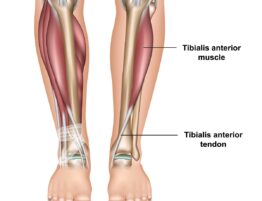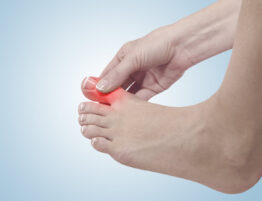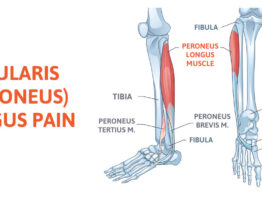
Many improvements have been made for patients who need hip replacement surgery. My experience with patients has been that most will say “If I knew it was going to help me this much I would have had it done earlier.” The concept of replacement of these joints has helped many to continue enjoying a more active and productive lifestyle. However, there is the potential risk of drop foot after having a hip replacement surgery.
1. What is drop foot?
In simple terms, this is the lack of strength to pull your foot up off the ground, or to pull away from the opposite foot
2. What is the problem with drop foot?
Essentially you have solved one problem, a hip joint that doesn’t hurt, and now have a new one: DROP FOOT!
3. How does this effect you?
With a mild amount of weakness, you may simply feel less stable when walking across uneven surfaces and feel more prone to twisting your ankle. With severe weakness you may find walking very unstable and therefore your activity is very limited. You may even need to wear a brace to keep your ankle in proper alignment. The net effect: You now have a foot and ankle that limits your activity instead of that old worn out hip joint.
4. How does hip surgery create the drop foot?
The common remarks among orthopedic surgeons is that the sciatic nerve may get stretched during the procedure. It is also common for patients to be told to wait, give it some time and maybe the nerve will repair.
5. Are there any newer thought processes regarding this complication?
Yes. We now believe that in many situations a nerve branch in the lower leg has been injured from this stretching, as this nerve is a branch of the sciatic nerve. It is also the primary nerve that sends signals to the leg muscles to pull the foot up and to the side. When the nerve is stretched along with the sciatic nerve it’s damaged and no longer works effectively. Therefore, weakness and drop foot.
6. What can you do?
First and foremost, don’t wait. Although we have had very good success helping people who have been in this situation for years, earlier treatment when the problem first appears can give the patient better recovery.
7. What do we do?
Our primary objective is to reverse the weakness! For many patients we are able to do this with surgery. The surgeries are primarily focused on one or two nerve tunnels in the lower extremity. By opening these tunnels, much like carpel tunnel surgery, nerve function and therefore strength can be restored.
8. What’s the good the bad and the ugly about these surgeries?
The good news is in most cases it can help. It’s a quick recovery as you can walk the next day. Some can appreciate improvement immediately. The bad and the ugly are it may not work. If it fails, we find that the effects of the surgery are neutral, there is no worsening of symptoms.
9. What’s your next step?
If you or someone you know suffers from drop foot after hip replacement please consider this option. You may be able to get back to more full activity without the worry of falling or twisting your ankle.
Be thankful that your hip is better and understand that the opportunity may be there to get your strength back!










Write a comment: